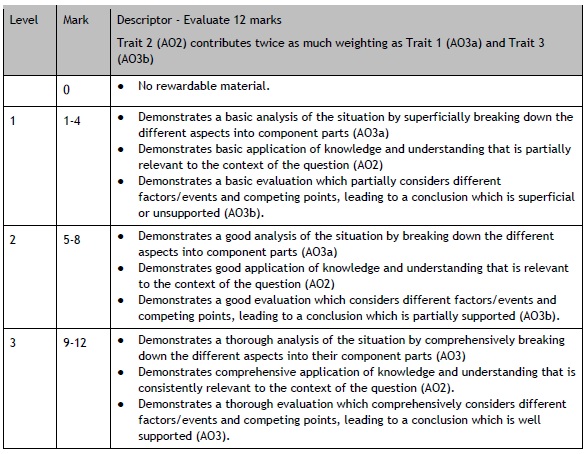Students will be given an overarching scenario to set the scene and individual tasks as set out in the table below.
The tasks set out in the assessment follow the format used in the Sample Assessment Materials and Additional Sample Assessment Materials.
The assessment will take place over multiple sessions up to a combined duration of 12 hours and 30 minutes.
The project outcomes will consist of a portfolio of evidence submitted electronically.
An extra 15 minutes is provided at the end of Tasks 1-4 for the Project Monitoring Record.











